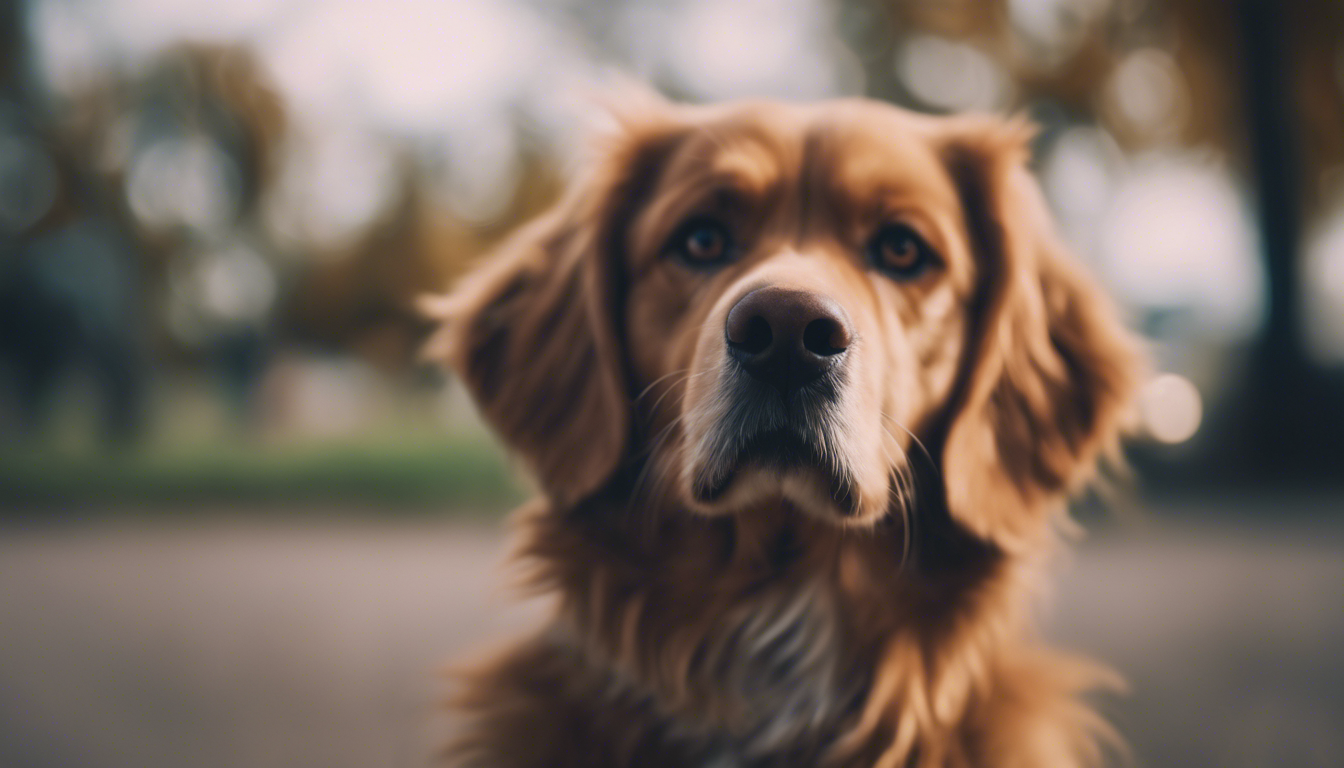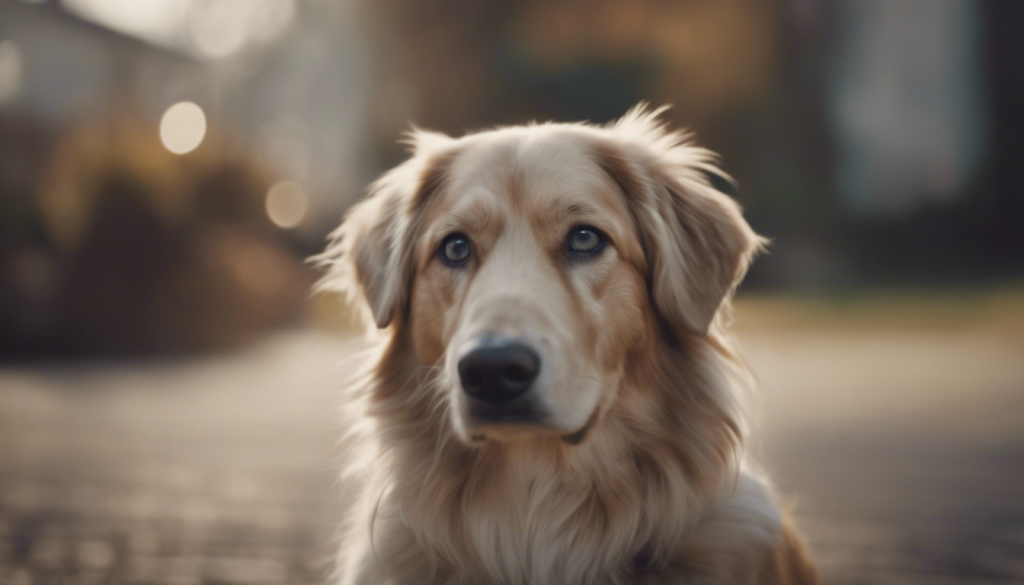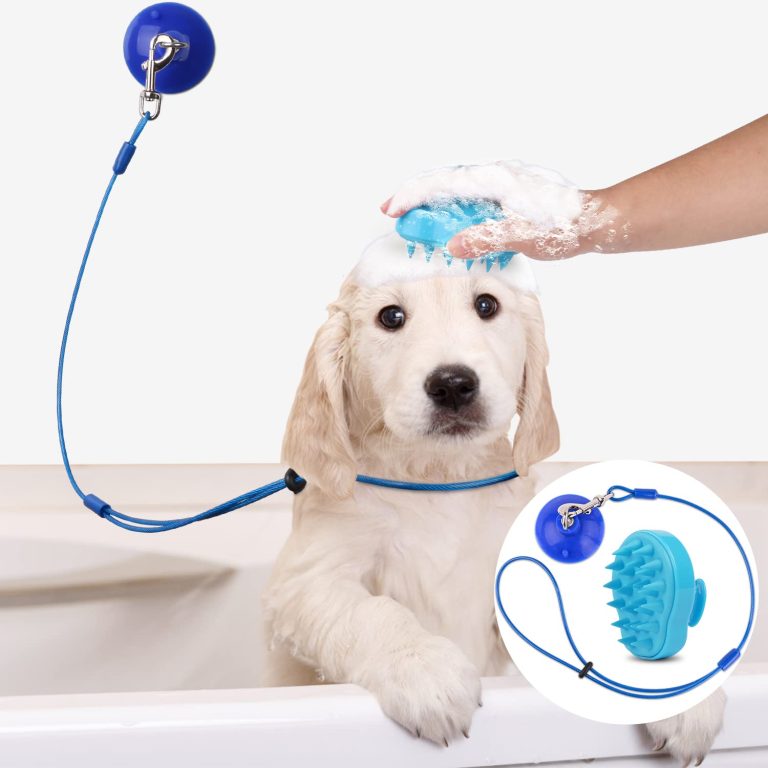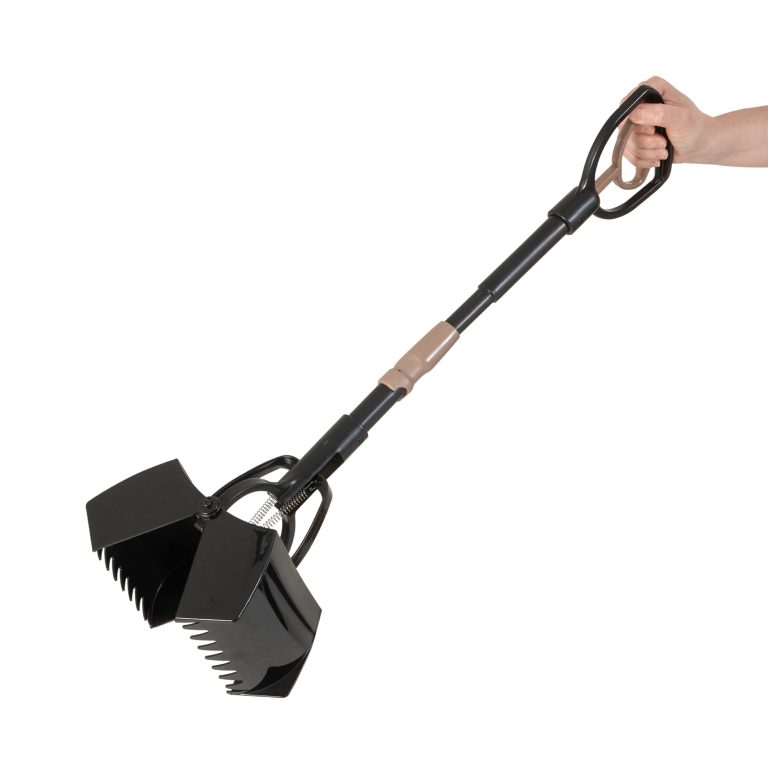Coping with the Loss of a Beloved Canine Companion

Understanding the Grieving Process
Grieving the loss of a furry best friend is a unique and deeply personal journey. It is like losing a member of your family, one who offered unconditional love and companionship. It starts with shock and disbelief—how can your home feel so quiet all of a sudden? That favorite toy sitting untouched can bring a flood of memories and the pain of loss can hit like a tidal wave. It’s important to recognize that what you’re feeling is normal and that it’s okay to feel overburdened by emotion.
Many find themselves cycling through the stages of grief: denial, anger, bargaining, depression, and acceptance. You may catch yourself thinking, “Maybe if I took them on more walks…” or “This can’t be real”. It’s natural to experience a whirlwind of ‘what ifs’ and ‘if onlys’. Some days you might be angry—at the universe, at illness, maybe even at yourself—followed by periods of deep sadness.
The love of a dog is irreplaceable, and the silence they leave behind is heavy. As you move towards acceptance, it is not about forgetting your beloved dog, but rather finding a place for them in your heart where the love endures and the sharpness of pain dulls. Throughout this process, you might discover that your emotions fluctuate day by day, and that is perfectly normal. Healing isn’t linear; it dances back and forth, side to side.
During this time, self-care is paramount. Grief can manifest in physical ways: sleepless nights, loss of appetite, or a feeling of lethargy. Listen to your body. If you need to rest, allow yourself that time. If you feel the urge to get outside and walk the same paths you once shared with your canine buddy, do so. Nature can be wonderfully restorative, and it can also connect you to the memory of your dog in a peaceful way.
Don’t forget, your emotions are valid, and there’s no set timetable for grieving. Whether it’s been days or months since your dog’s passing, your feelings are your feelings. They’re a testament to the bond you shared with your dog, and acknowledging them is a step towards healing.
Memorializing Your Furry Friend
Creating a memorial for your beloved canine companion offers a tangible way to cherish and honor their memory. It is a loving gesture that can also provide a sense of closure. You could start by designing a special corner in your home where you can place their photo, favorite toys, and maybe even their collar. This little shrine will serve as a sacred spot for you to visit when you feel the need to feel close to your pet.
For some, planting a tree or a shrub in their garden is a living tribute that grows over time, symbolizing the enduring nature of love. Each bloom or new branch can remind you of the joyous times you shared. If you’re not much of a gardener, a simple outdoor stone or bench with your dog’s name engraved can also serve as a comforting reminder of their presence in your life.
Personalized keepsakes are another way to keep your dog’s memory alive. Think custom jewelry, such as a pendant or a bracelet that incorporates their tag or even a lock of hair. Wearing it can give you a sense of closeness to your pet wherever you go.
Communities often have pet remembrance events, or you could organize a memorial service with friends and family who knew and loved your dog. Sharing stories and memories at such gatherings can be incredibly healing.
If you’re artistically inclined, putting your feelings onto paper or canvas can be therapeutic. Drawing, painting, or writing about your pet not only celebrates their life but also helps you process your emotions. For those who may be less artistic, simply framing a series of your favorite photographs of your dog can be just as meaningful.
Some find comfort in creating a memory book or a digital slideshow filled with pictures and anecdotes of their canine companion. Not only is this a project that provides immediate comfort, but it is also a lasting record that you – and others who loved your dog – can reflect on for years to come.
Remember, there is no right or wrong way to memorialize your pet. It’s entirely personal and should resonate with you. Each small act of remembrance is a step towards healing, ensuring that your beloved dog’s legacy continues in a way this is meaningful to you. It’s all about keeping that bond alive in your heart and your memories.
Navigating Daily Life Without Your Dog
Coping with everyday life after the loss of a canine companion can be heart-wrenchingly difficult. The silence of a home without the pitter-patter of paws is a stark reminder of their absence. Yet, as you navigate this new normal, it is crucial to create structure and find new routines that both honor your pet’s memory and help you move forward.
Start your day with a new ritual. Maybe this is making a cup of tea and sitting in the garden, rather than preparing for your usual morning walk. Replacing old habits with new ones can help ease the pain of your loss.
Take up activities that were perhaps put aside due to pet-care responsibilities. Hobbies and interests that engage your mind and body can serve as positive distractions as you adjust to life without your furry friend. Remember to be patient with yourself; it doesn’t happen overnight.
Don’t be afraid to rearrange your living space. Moving furniture around or changing the purpose of a room can bring new energy to your environment and help alleviate the constant reminders of your dog. This doesn’t mean erasing their memory, but it can help you cope with their absence on a daily basis.
If loneliness starts to creep in, ponder the companionship of other animals when you’re ready. Spend time with friends who have pets, or volunteer at your local animal shelter. The affection of other animals doesn’t replace your beloved canine, but it can warm your heart in a new way.
For those who rely on the presence of a dog for daily structure and exercise, keep up with your walks, even if it feels a bit lonely at first. In time, it can become a period of reflection and connection to the fond memories you’ve shared.
Change can be daunting but try to see it as an opportunity to grow. Perhaps taking up a new form of exercise, learning a skill, or starting a project in your dog’s memory can bring you a sense of purpose and fulfillment.
Remember, self-compassion is key. There may be times when you forget your beloved pet is no longer there, like when you drop a piece of food and expect them to be at your feet in an instant. These moments can be particularly poignant, but they’re also reminders of the love and joy that your dog brought into your life. Embrace those memories warmly.
Finally, continue to talk about your dog. Sharing the funny, sweet, and even the mischievous moments with family and friends keeps their spirit alive. Storytelling can be a powerful way to heal, immortalizing the impact your dog had on your life.
Navigating daily life without your dog will take time and effort. Give yourself grace as you walk this path. With each day, aim to strike a balance between honoring their memory and embracing the present, always carrying with you the unconditional love and lessons they imparted.
Seeking Support and Healing
Finding support and navigating the healing process after losing your dear canine companion is a journey that you don’t have to embark upon alone. One of the most helpful steps you can take is reaching out to those who understand the depth of your loss. Opening up to friends and family who have also experienced the loss of a pet can be particularly comforting. They can empathize with your feelings and offer the kind of support that comes from shared experience.
Another avenue you might ponder exploring is joining a pet loss support group. Many communities and even online platforms offer groups specifically designed for individuals grieving the loss of their pets. Being around others who are walking a similar path can provide a sense of community and reassurance during times of isolation that often accompany grief.
Professional support can also be invaluable. Therapists, especially those who specialize in pet loss, can guide you through your grief process with personalized coping strategies. Some may even suggest techniques such as journaling or meditation to help you navigate your emotions.
- Sometimes, engaging in physical activity is a helpful way to channel your grief into something positive. Whether it is yoga, running, or any exercise that you enjoy, physical activity can release endorphins and provide a healthy outlet for your stress and sadness.
- Acts of service in memory of your dog can also be therapeutic. Think volunteering at an animal shelter or making a donation in your pet’s name. Not only does this honor their memory, but it also aids in the well-being of other animals.
Don’t overlook the simplest actions, like talking. Conversation is a simple yet powerful tool at your disposal. By verbalizing your feelings, you give voice to your sorrow and allow others to share the burden. And sometimes, it is not about the response or advice you get, but the profound act of being heard.
“Remember the love you shared with your pet. That love doesn’t end with their passing—it’s a legacy that continues, shaping who you’re and how you see the world.”
While the pain of your loss might be profound, it’s important to celebrate your dog’s life and the joy they brought to you. As time passes, your focus will gradually shift from your grief to these joyful memories, allowing their spirit to continue providing comfort and happiness, even though they are no longer physically present.
As you navigate this heartache, be gentle with yourself. Healing is not about the passage of time but the active steps you take towards recovery, at your own pace. Your beloved canine may have left your side, but their pawprints will forever remain on your heart. Allow yourself the time and space you need, and slowly but surely, you will find strength and comfort in your love for them that endures.







